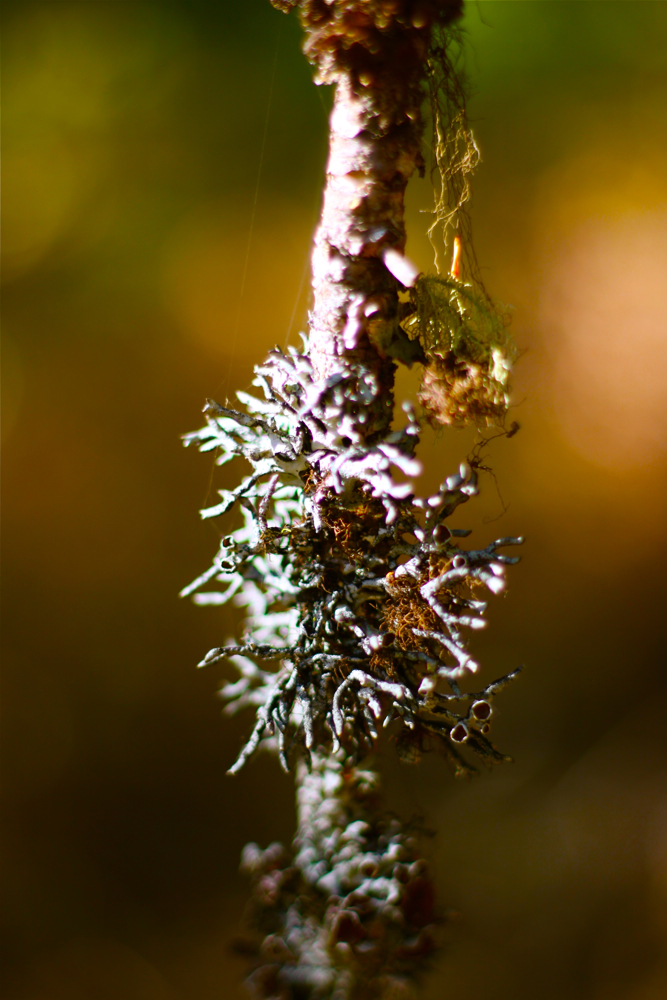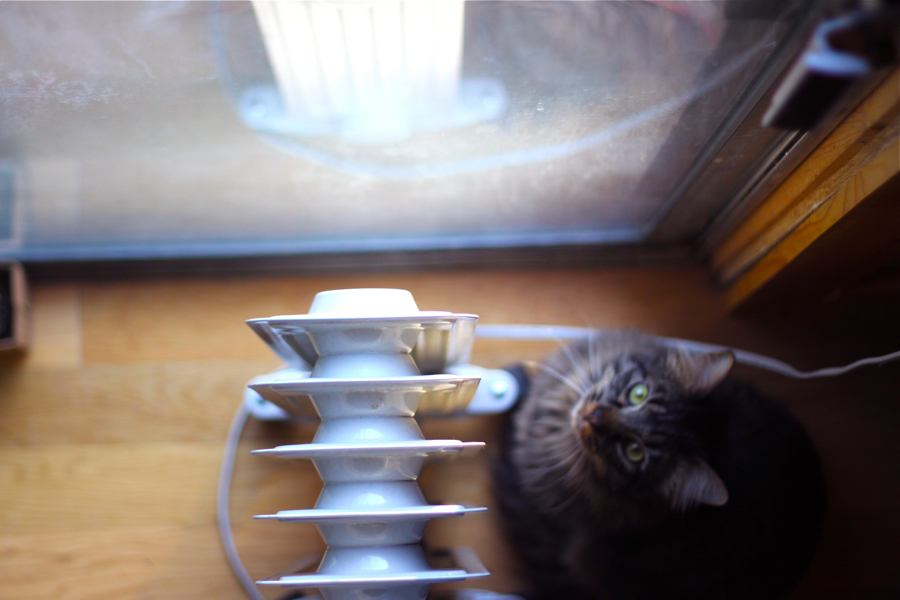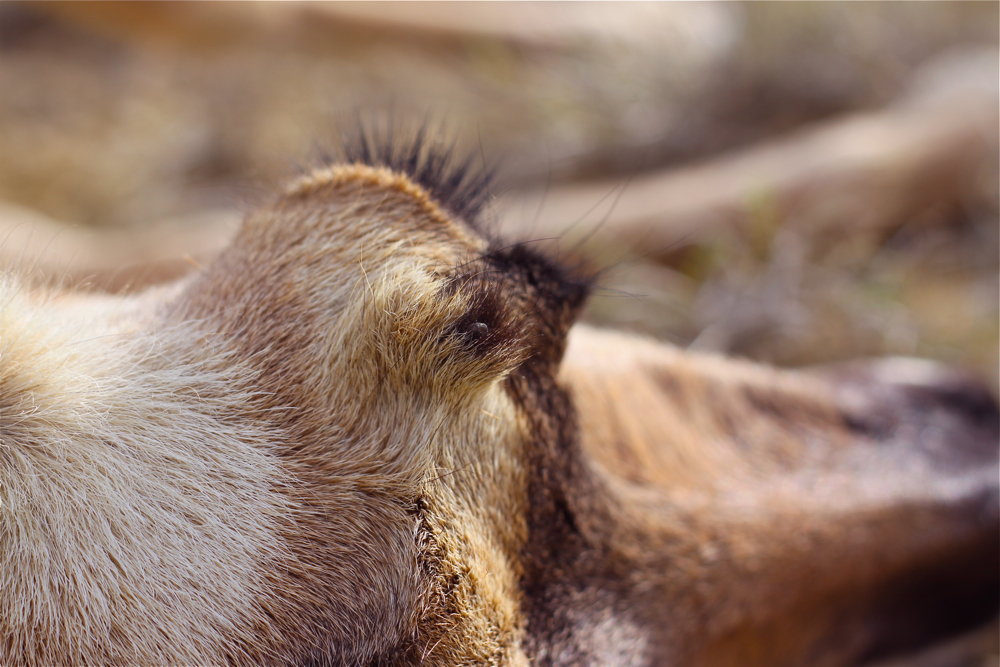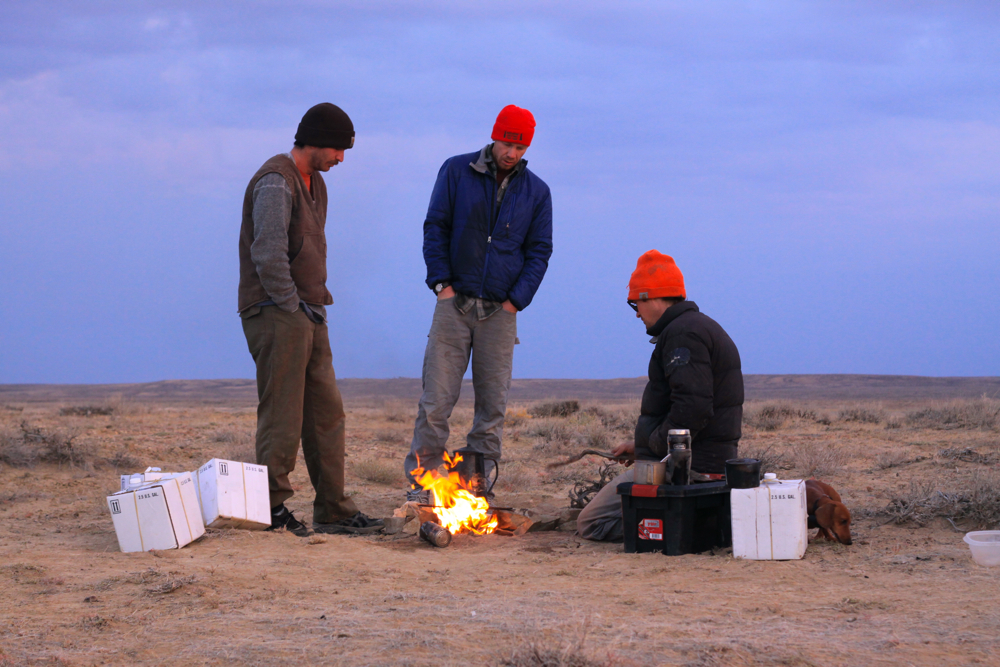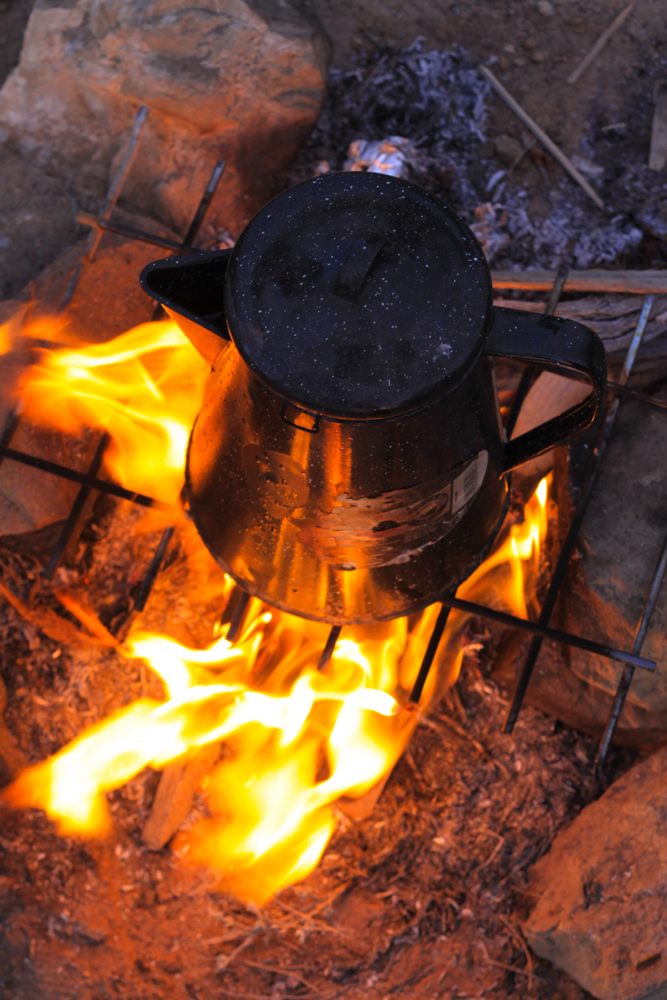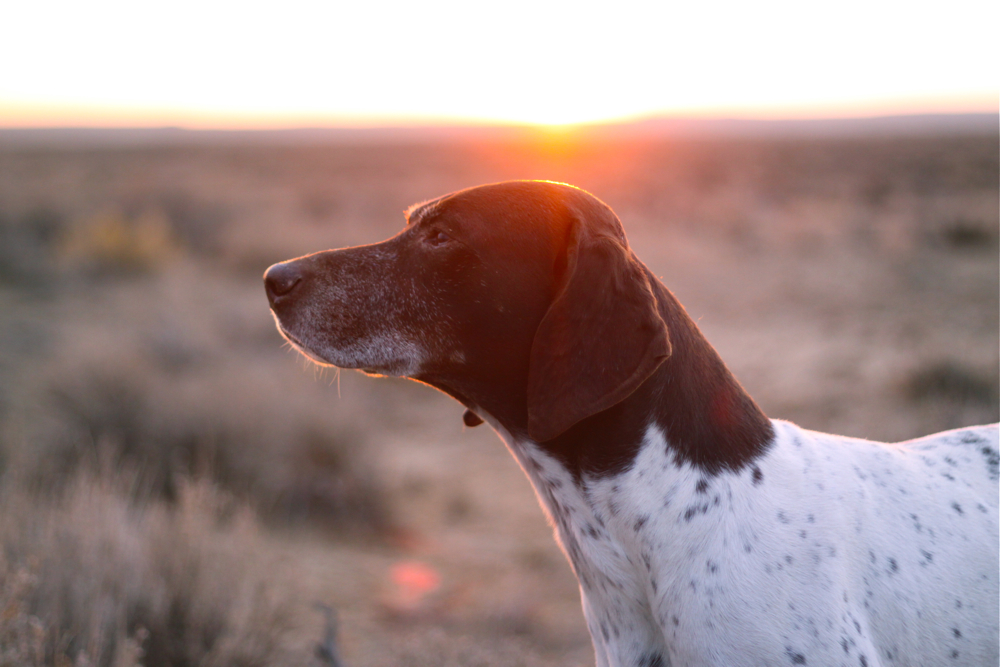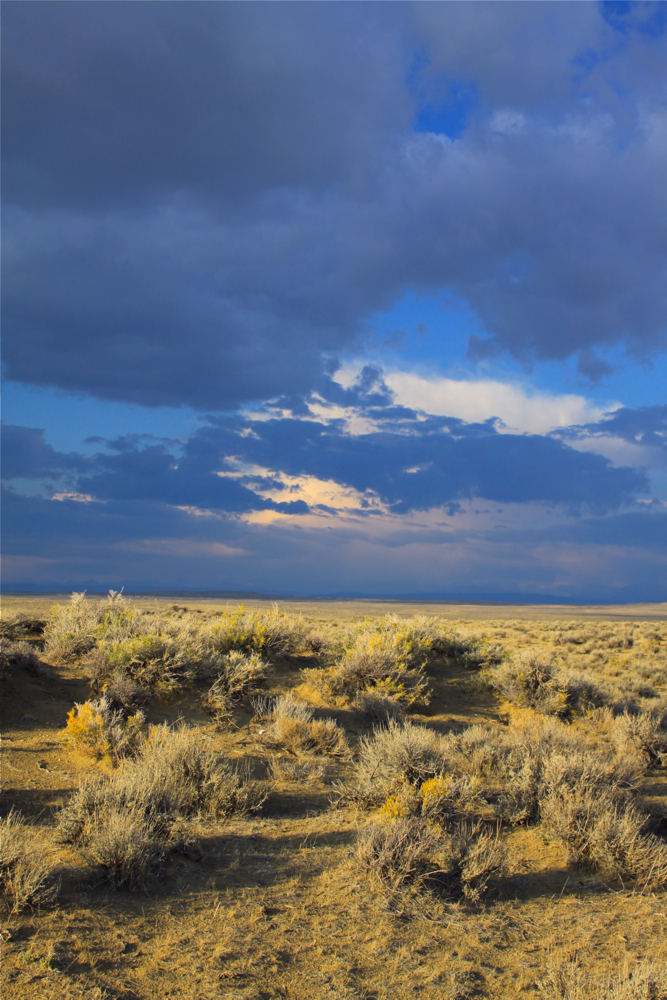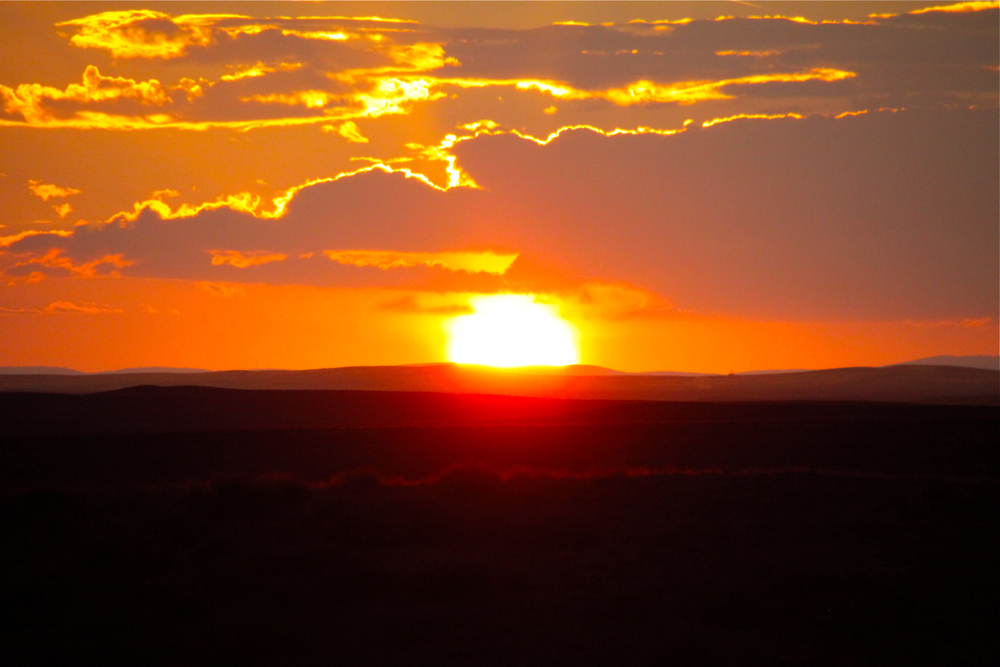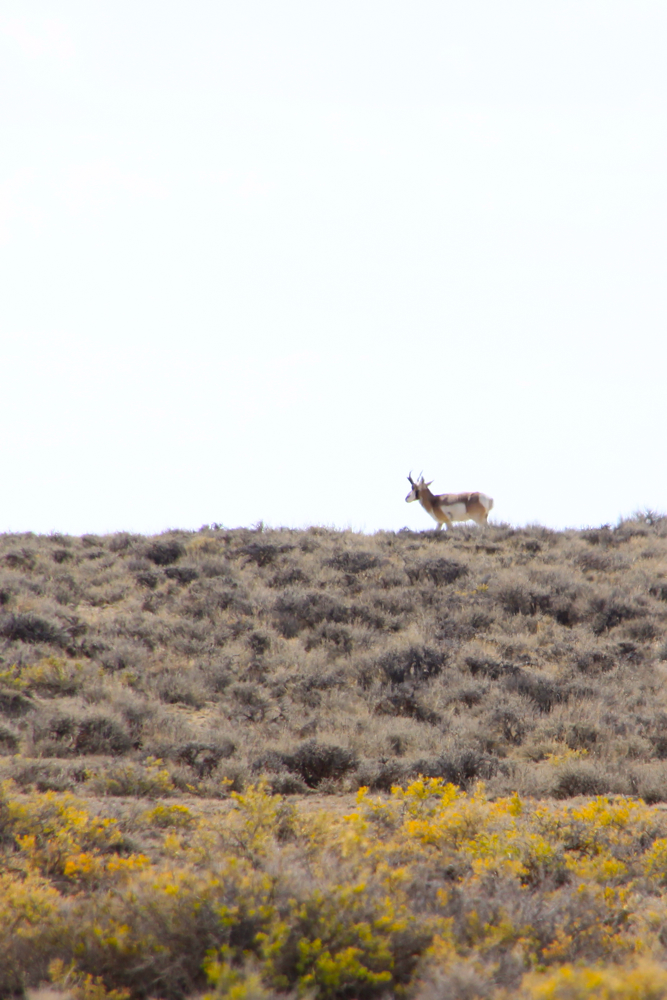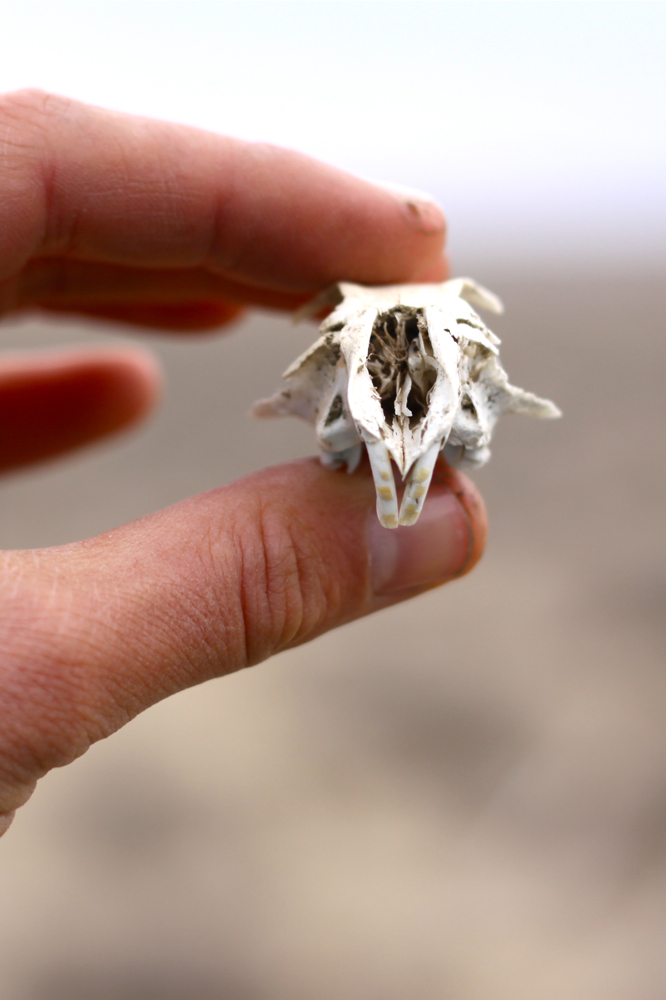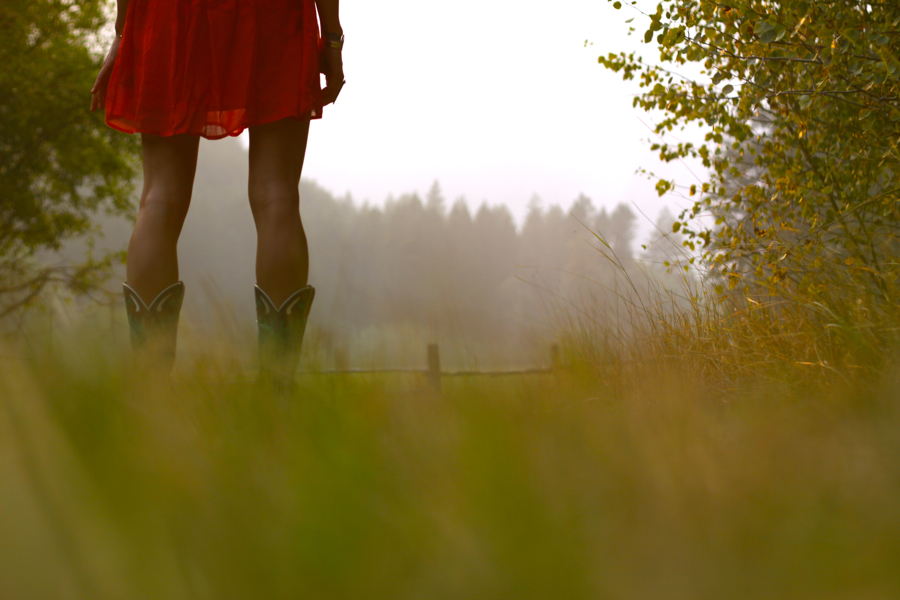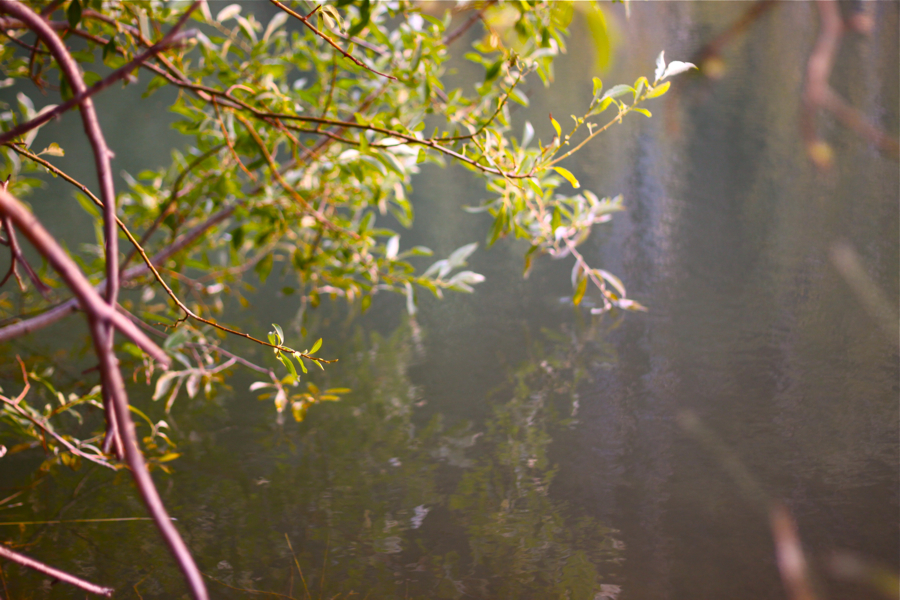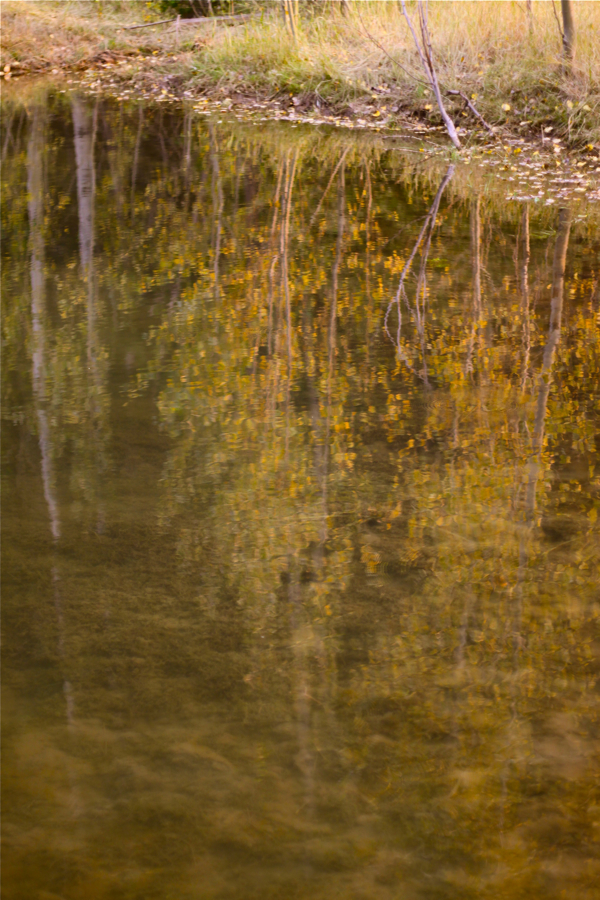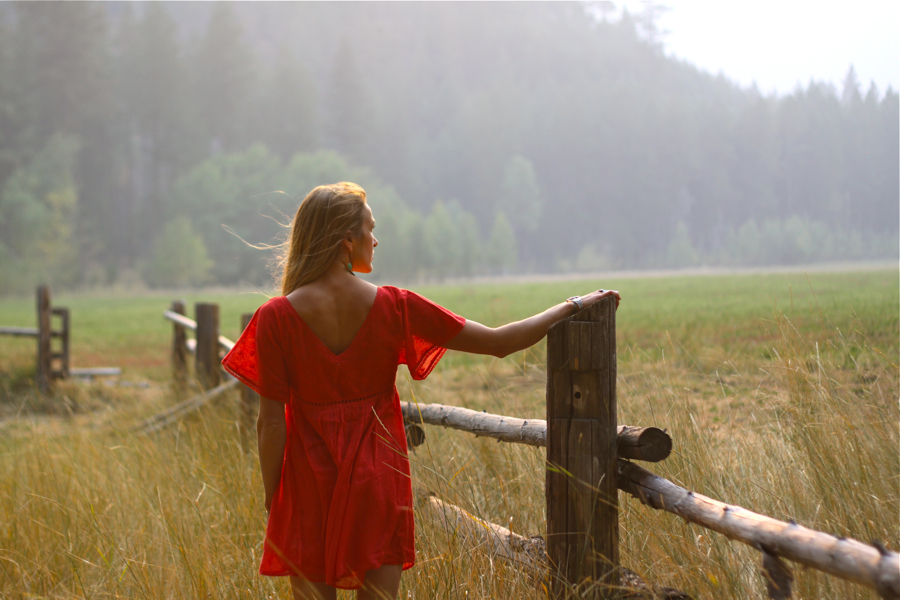The morning here is gentle and warm today. I have just finished my easy walk about that I do most days, camera in hand, over to a little gap in the woods where the morning sun hits the duff on the forest floor and the air rises up in whirls of reckless cinnamon. I look around me, as I stand there in the sunshine, until something minute catches my eye. Then I go to that thing and photograph it in as many different ways as I can think to photograph it. Then I come home, sip my coffee and look at the pictures I made and select one to keep. I’m not sure what to call this practice. It takes fifteen minutes of my morning to complete. It’s a tranquil activity. Perhaps it is a sort of morning devotion?
———————–
It’s a terribly upper-bourgeois thing to say, but I think I’ve been suffering from ennui. You know, when the whole of life fails to taste delicious, it only tastes so-so. I was thinking about it on Sunday and I realized I needed to combat my listlessness by doing a handful of the productive things I love to do this time of year. Namely, canning! I usually spend hours upon hours in the kitchen canning jams, jellies, juices, sauces, various pickles — all from my Idaho garden — heating up my little farm house until midnight, most nights in autumn. It’s hard, honest work and nothing beats opening up a can of something home grown and home processed in the dead of winter when all the produce at the grocery store is grotesquely void of color and flavor. I decided to invest in slightly more than twenty pounds of tomatoes from my local farmer’s market, with all the accouterments for marinara sauce. The kitchen at the little cabin in the woods is ill equipped for cooking anything but eggs and soup so I elected to do my canning work at the smokejumper base, in the mess hall where there is an ocean of counter top space and an industrial gas range. I should add here that it was Robert’s birthday yesterday and I planned to bring some of my fresh, dazzling marinara sauce home for dinner with friends at the little cabin. I also hoped to bake him a little chocolate cake for dessert and purchased the sweetest candles to go on top. In short, I was going to do up a nice mother lode of marinara sauce and throw Robert and wonderful birthday feast to boot.
After a few hours of skinning tomatoes, chopping fresh herbs, garlic, onions and simmering three large pots of sauce on the stove top, I was just reaching over the stove to remove the first pot and ladle the marinara sauce into my sanitized mason jars when the entire kitchen went berserkers and the sprinkler line above the oven and gas range began to spray foamy fire retardant directly into all of my burbling pots of delicious sauce. I was shocked. To say the least. When I came to my senses I ran out of the mess hall, stood on the steps, and screamed for help. Cap didn’t know the dire nature of the situation on hand (and to be fair, I can tend to be a touch dramatic about everything) so when he finally sauntered into the kitchen to see fire retardant layered upon everything I had been cooking, as well as fire retardant frosting the tops of the two dozen cookies he had just baked Robert as a birthday gift, he was stunned. Thankfully, the heli-attack personnel who had begun to gallop across the base to rescue me from my kitchen doom, turned back when they saw the situation was contained and continued to do whatever the heli-attack people do when they aren’t actually doing something.
I was mortified, horrified, and utterly embarrassed. To say the least.
I had ruined my chances of having twenty five cans of sumptuous marinara sauce to tuck into over the long winter months. Additionally, I wrecked Robert’s birthday feast. I cried.
It didn’t help that Robert was just as embarassed as I was and didn’t particularly make me feel much better about my accidental kitchen arrmageddon. I needed a bit of comfort, all he could say was, “How am I going to explain this?” We wound up going over to the local pizza joint in Winthrop for dinner which was tasty as can be and the company was swell too.
———————————-
It’s the day after the marinara meltdown of 2012 and I can’t really divine any sort of clever lesson I should have learned from the kitchen carnage of yesterday which leads me to believe that sometimes crazy things happen simply to bring levity to life. With that thought typed on the computer monitor before me, I can’t hold back the smile that’s slowly spreading over my face. In hindsight, it’s rather a funny story. I’m sure it will grow in hilarity each time I tell it.
———————–
In other news, I’ve been meaning to tell you about a few things for what feels like ages! First of all, I watched this, which inspired these, and I can’t stop wearing red. It’s beautiful and tragic — the music is incredible. I also watched this, not long ago, and quite enjoyed it (the actress who plays Lotte is terribly exquisite…). I finally finished reading this, I really took my time. It’s such a wonderful story I wanted it to last forever. I just began this novella which is so spare and dry — almost like colorless champagne. Crisp. Clear. Articulate. Not wasteful in any way.
I hope you’ve had an October morning replete with texture and color where you are. The post office beckons me and it’s about time to contemplate lunch. I leave you with a song!
